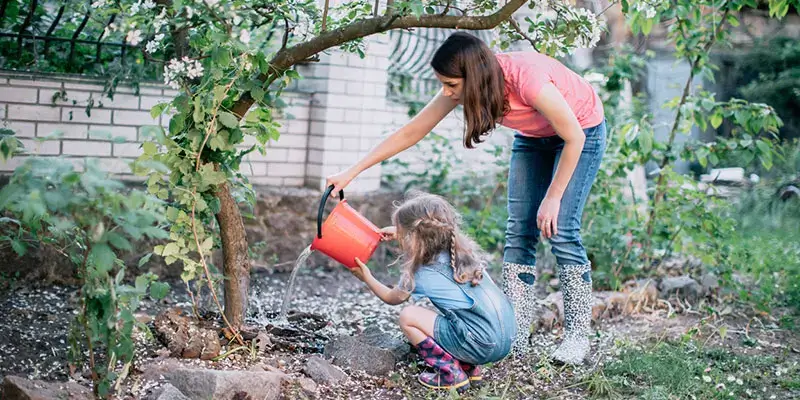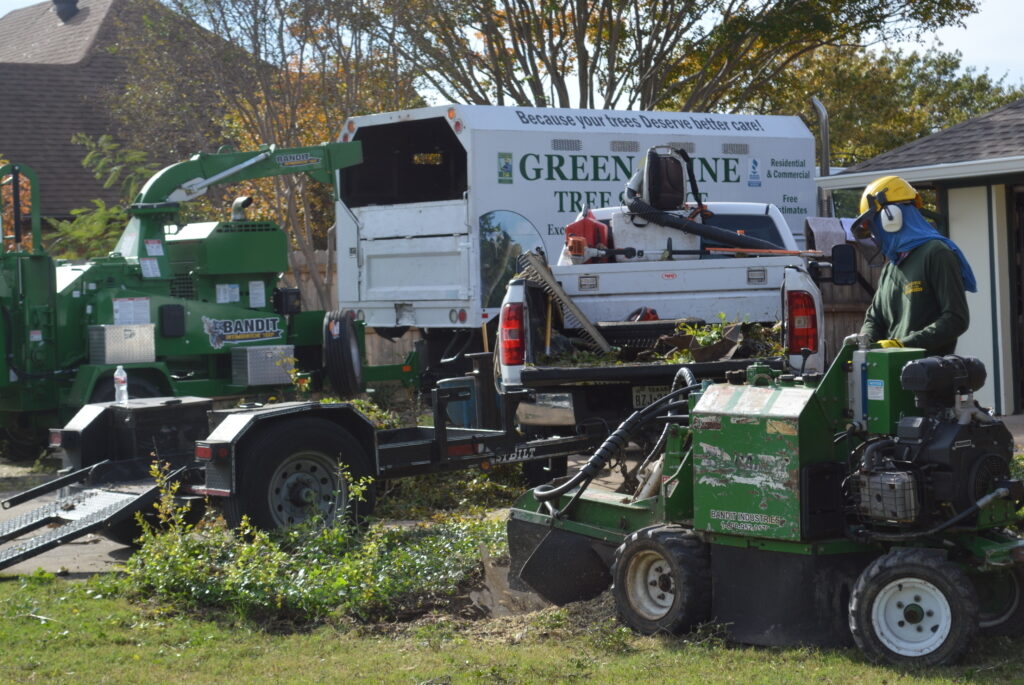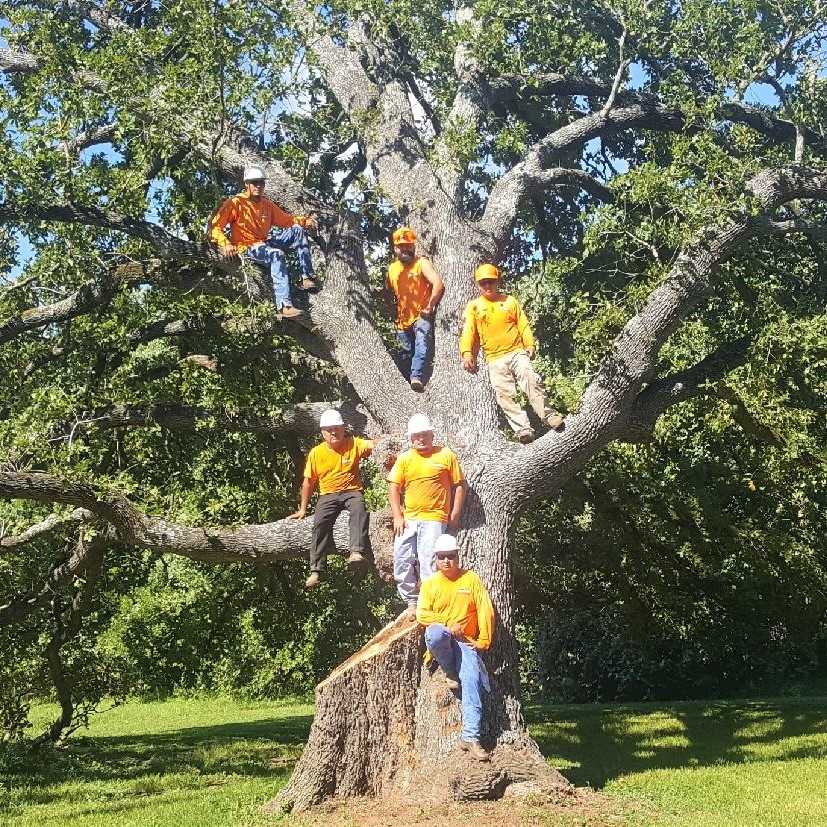Introduction to Tree Care Tips
Importance of Tree Care Tips
Trees are a vital part of our environment, providing shade, oxygen, and aesthetic beauty. However, just like any other living organism, they need proper care to thrive. Neglecting tree care can lead to weak, unhealthy trees that are prone to disease, pests, and other issues.
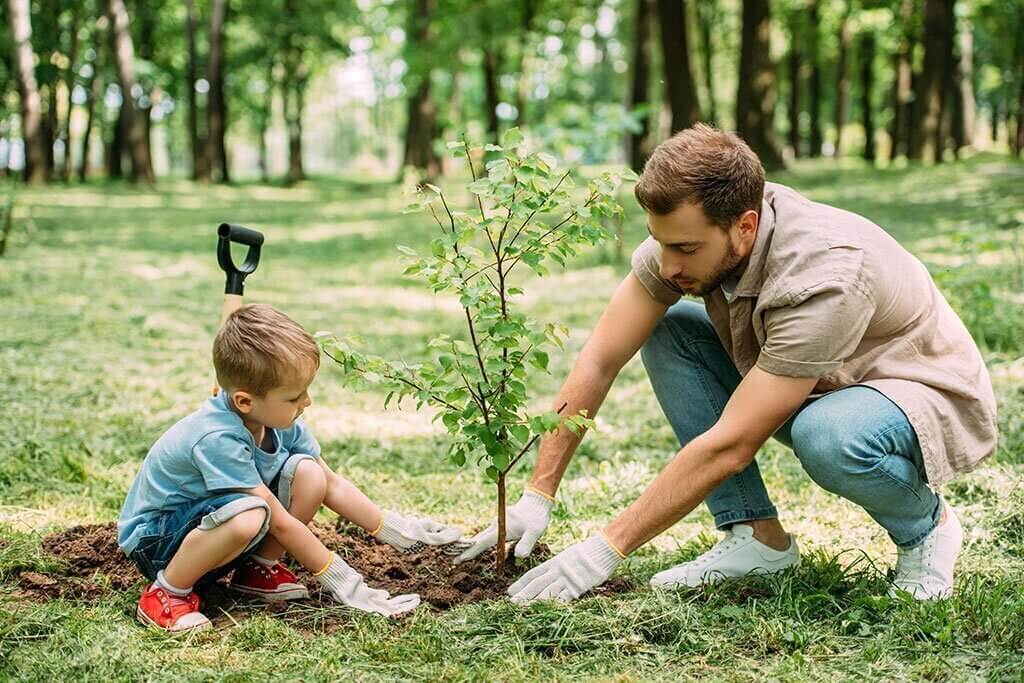
Benefits of Healthy Trees
Healthy trees not only enhance the beauty of your landscape but also improve air quality, conserve water, and increase property value. They offer shade, which can reduce your energy bills, and act as a habitat for wildlife. A well-cared-for tree can live for decades, providing benefits for generations to come.
Choosing the Right Tree
Selecting a Tree for Your Climate
Before you plant a tree, it’s important to choose one that’s suited to your local climate. Some trees thrive in warm, sunny environments, while others prefer cooler, shaded areas. Research the types of trees that are native to your region, as they are more likely to thrive with minimal maintenance.
Considering Soil Type
Soil plays a crucial role in the health of your tree. Certain trees thrive in sandy soil, while others flourish in clay or loamy soil. Conduct a soil test to determine the pH level and nutrient content of your soil before selecting a tree. This will help you choose a tree that is well-suited to your garden’s conditions.
Size and Space Requirements
Trees come in all shapes and sizes, so it’s important to consider how much space you have available. Some trees grow tall and wide, while others remain relatively small. Make sure to account for the tree’s mature size when selecting a planting location. Avoid planting too close to buildings, fences, or power lines.
Planting Your Tree
When to Plant a Tree
The best time to plant a tree is during the dormant season, either in late fall or early spring. This gives the tree time to establish its roots before the growing season begins. Avoid planting during hot, dry summer months, as this can stress the tree and make it harder for it to establish itself.
Steps for Planting
Dig the Hole: Make sure the hole is twice as wide as the tree’s root ball and just as deep.
Prepare the Roots: If the roots are tightly packed, gently loosen them before planting.
Plant the Tree: Place the tree in the hole, making sure it’s straight. Fill in with soil, pressing down firmly to eliminate air pockets.
Water Thoroughly: Water the tree immediately after planting to help settle the soil and reduce transplant shock.
Post-Planting Care
After planting, ensure the soil stays damp but not overly saturated. Apply mulch around the base of the tree to help maintain moisture and stabilize the soil temperature. Keep an eye on the tree for the first few weeks, ensuring it’s getting the care it needs to establish itself.
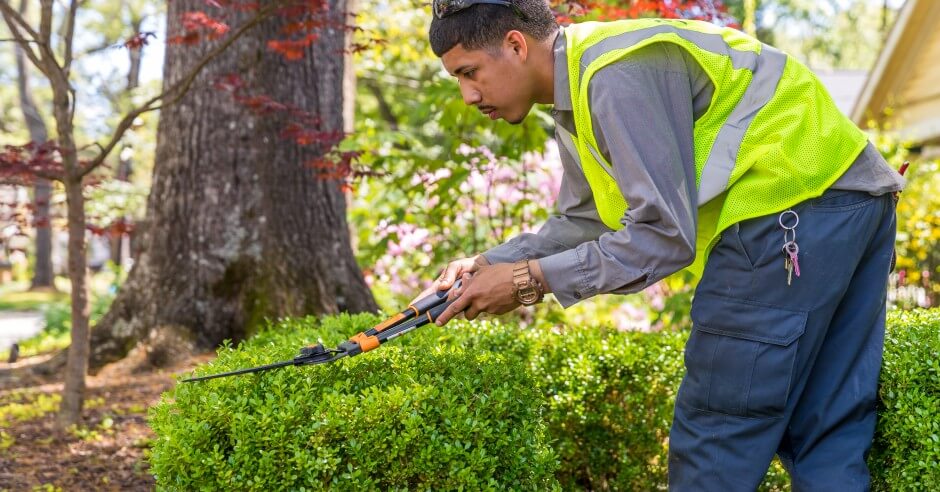
Watering Techniques
How Much Water Do Trees Need?
Providing water is one of the most essential elements of maintaining healthy trees. The amount of water a tree needs depends on its age, size, and species. Young trees require more frequent watering, while established trees may only need water during dry periods. A good rule of thumb is to water deeply once a week, allowing the water to reach the tree’s root zone.
Best Time to Water
The best time to water your trees is early in the morning or late in the evening when temperatures are cooler. This helps reduce water evaporation and ensures that the tree has enough moisture to get through the day.
Signs of Over watering and Under watering
Over watering can be just as harmful as under watering. Signs of over watering include yellowing leaves, root rot, and a decline in tree health. On the other hand, signs of under watering include wilting leaves, dry soil, and slow growth. Monitor your tree’s water needs and adjust your watering schedule accordingly.
Fertilizing Your Tree
Understanding Soil Nutrients
Trees, like all plants, require nutrients to grow. The three essential nutrients are nitrogen, phosphorus, and potassium. A soil test can help you determine which nutrients your soil may be lacking and guide you in selecting the right fertilizer.
Choosing the Right Fertilizer
Not all fertilizers are created equal. Some are designed for specific types of trees, while others are general-purpose. Slow-release fertilizers are often the best choice, as they provide a steady supply of nutrients over time. Natural fertilizers, like compost or manure, can offer significant benefits as well.
Application Techniques
Apply fertilizer in the early spring before the growing season begins. Distribute it evenly around the tree’s drip line, making sure to keep it away from direct contact with the trunk.Water thoroughly after application to help the fertilizer penetrate the soil.
Tree Safety Tips
Keeping Trees Away from Power Lines
When planting trees, keep them away from power lines to avoid potential hazards. If a tree grows too close to a power line, contact your local utility company for safe pruning or removal.
Ensuring Structural Stability
Regular pruning and inspection can help ensure your tree’s structural stability. Look for signs of weakness, such as leaning or cracked branches, and address them promptly.
Hiring Professional Help
For large trees or complex issues, it’s often best to hire a professional arborist. They have the knowledge and equipment to handle tree care tasks safely and effectively.
Conclusion
Taking care of your trees is a rewarding investment in your landscape and the environment. By following these tree care tips, you can ensure your trees grow strong, healthy, and beautiful for years to come. Remember, the key to successful tree care is consistency and attention to detail.
